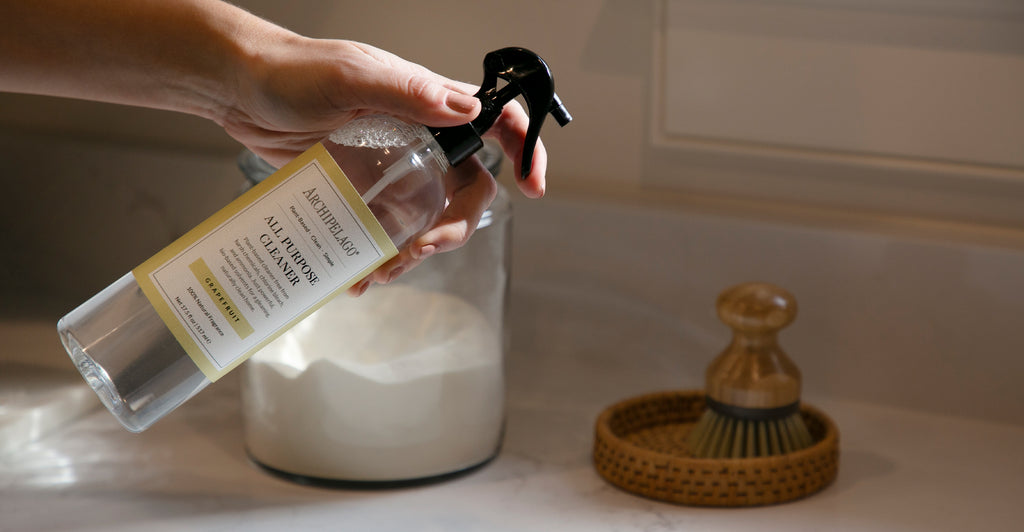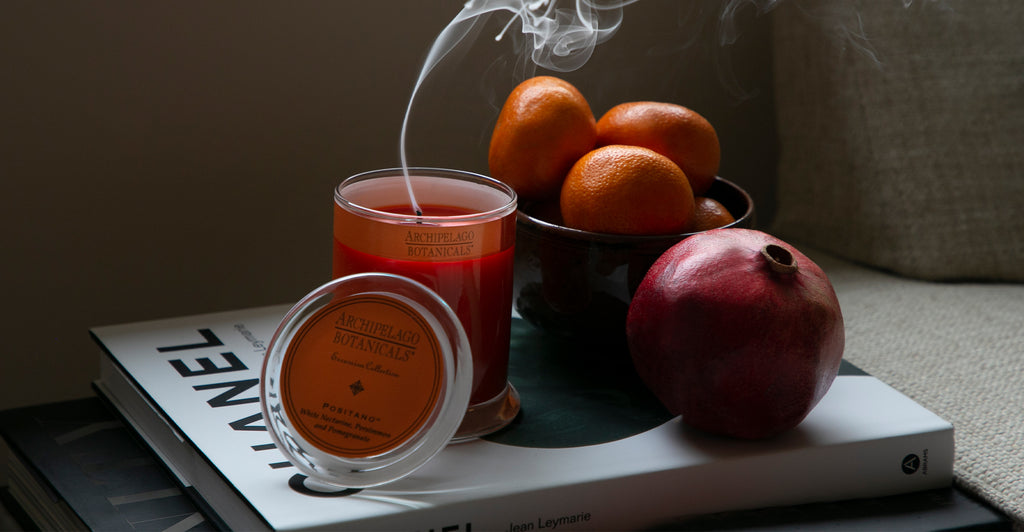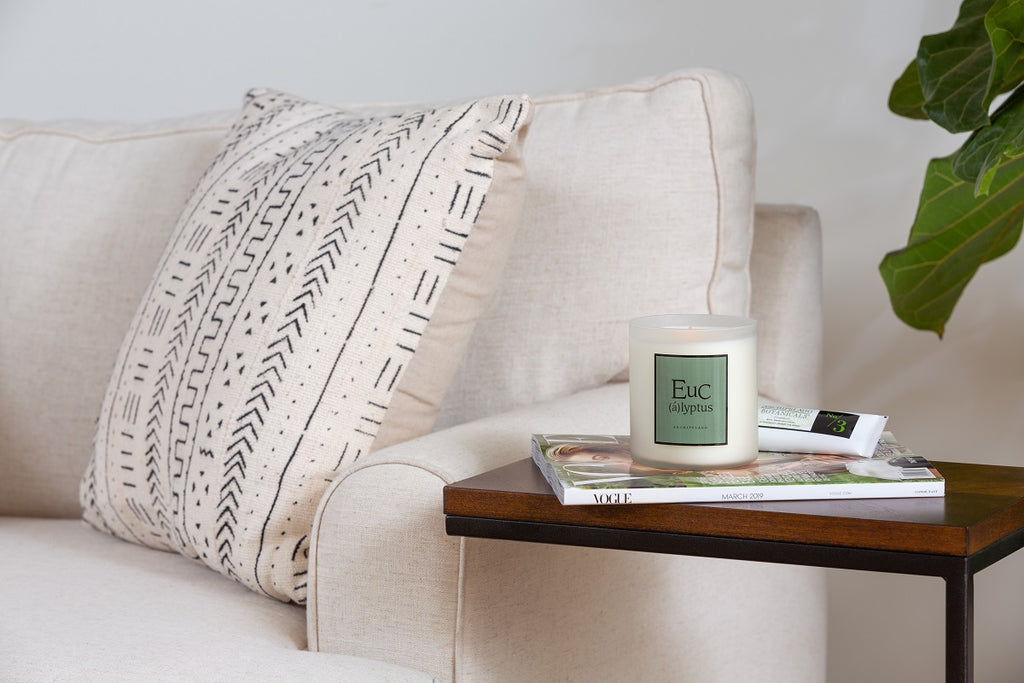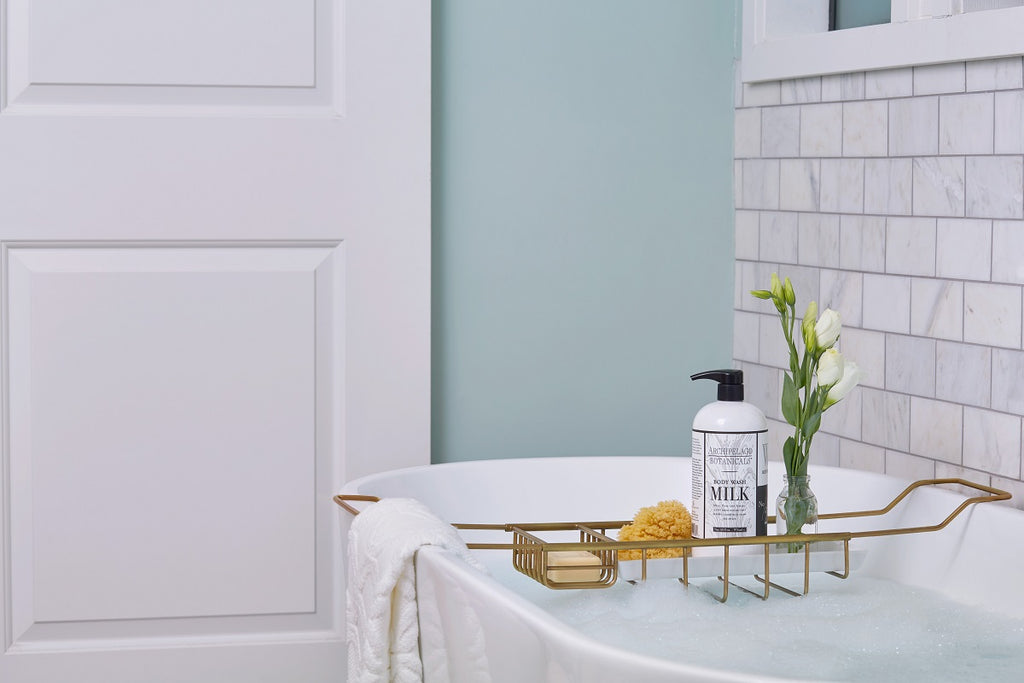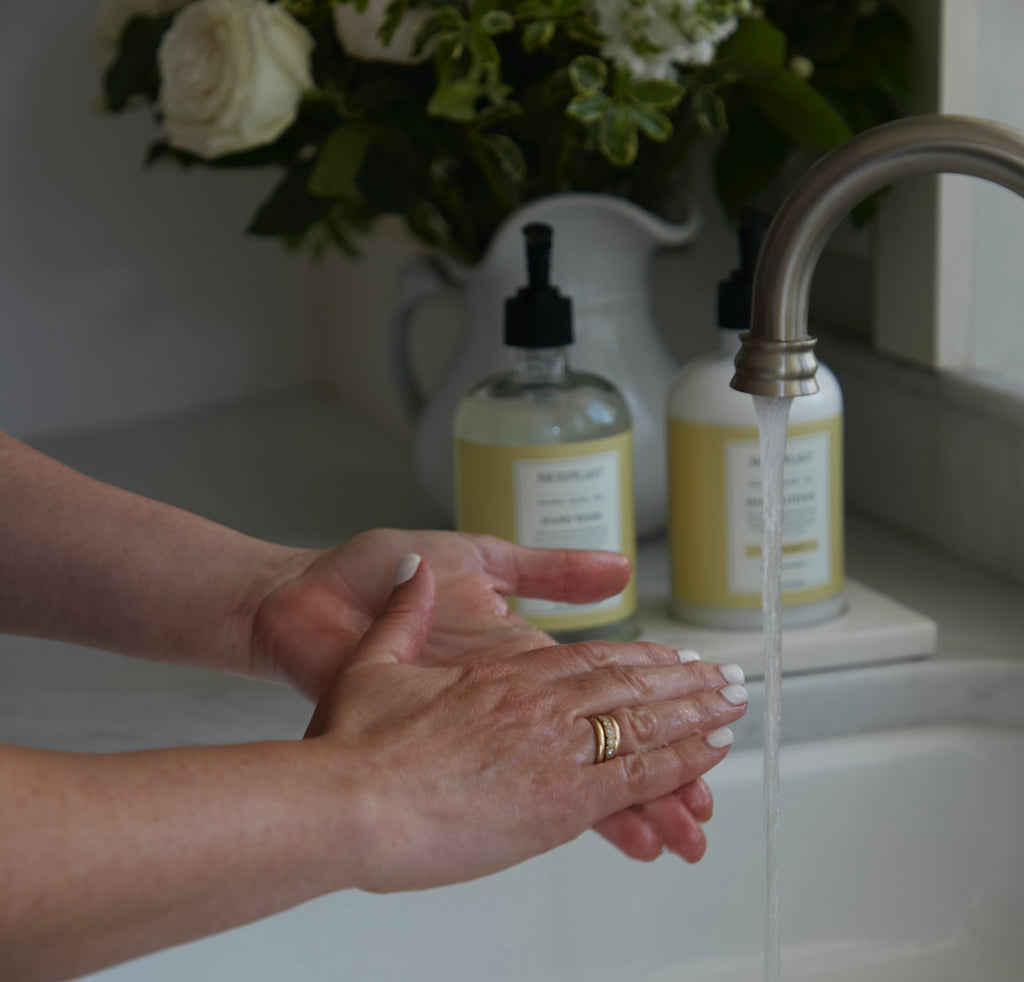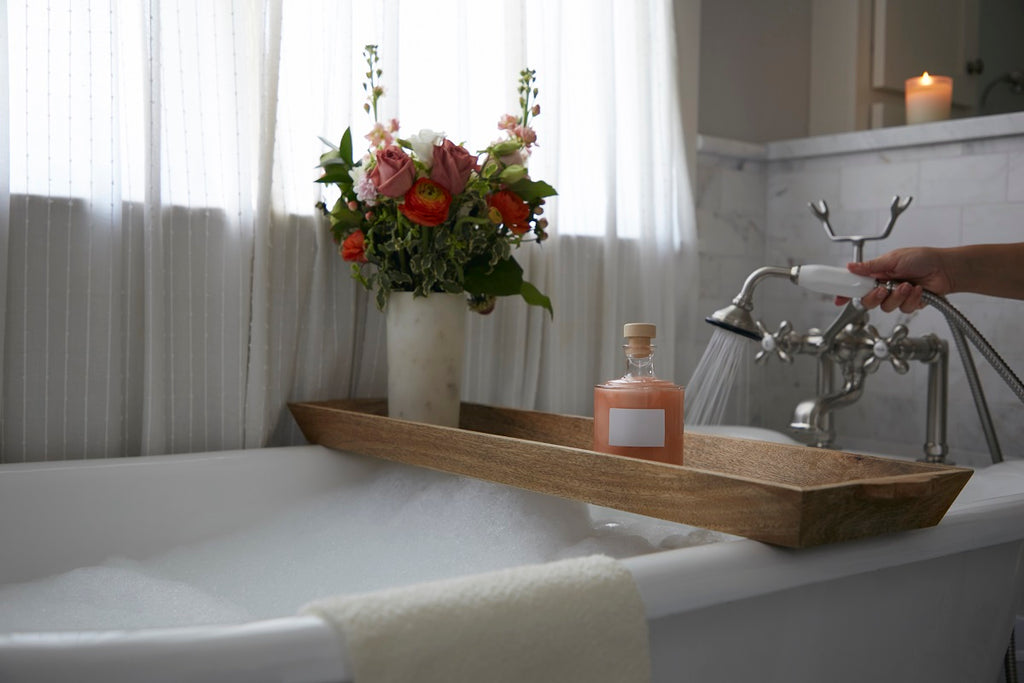Spotless Surfaces: How To Clean Like A Pro
Understanding Different Surface Types for Effective Cleaning
Every surface in your home requires a tailored approach when it comes to cleaning. Whether it's floors, mirrors, furniture, or countertops, understanding the unique characteristics of each surface is crucial. Archipelago is here to guide you through the process of cleaning different surface types, ensuring that you achieve optimal results in your cleaning endeavors. Here are some helpful tips for cleaning different surfaces in your home from floors to countertops:
Floors:
- Vacuum or sweep the floor to remove loose dirt and debris.
- Use a mop or microfiber cloth dampened with a suitable floor cleaner for the specific type of flooring such as hardwood or tile.
- Avoid using excessive water to prevent damage to the flooring.
- For tough stains, consider using a specialized cleaner or spot treatment as recommended by the flooring manufacturer.
Mirrors:
- To begin learning how to clean mirrors, start by spraying our glass cleaner onto a soft cloth or paper towel.
- Gently wipe the mirror in a circular motion to remove fingerprints, smudges, and streaks.
- For stubborn spots, spray the cleaner directly onto the surface and let it sit for a few seconds before wiping.
- Avoid using rough or abrasive materials that can scratch the mirror.
Furniture:
- Dust furniture regularly with a soft cloth or microfiber duster.
- Use suitable upholstery cleaners or our classic linen spray to freshen up the furniture.
- Be sure to check the manufacturer's instructions for specific care recommendations.
- Spot clean stains promptly to prevent them from setting.
Countertops:
- Wipe down countertops regularly with a gentle cleaner suitable for specific materials such as granite, quartz, or laminate.
- Avoid using abrasive cleaners or scrub brushes that can scratch or damage the surface.
- Use a soft cloth or sponge to remove spills and stains promptly.
- Consider using cutting boards or heat-resistant mats to protect the countertop from hot pans or sharp objects.
By understanding the unique characteristics of each surface in your home, you can approach your cleaning routine with confidence and efficiency. With our guidance, you can achieve exceptional cleanliness and maintain the longevity of your surfaces, creating an environment that truly reflects your personal style and elevates your living space.

Step-by-Step Guide: Mastering Surface Cleaning Techniques
Now, let's dive into our step-by-step guide that will help you master the art of surface cleaning techniques. We’ll walk you through the key stages, provide expert guidance on preparation, surface pre-treatment, and the actual cleaning process.
- Preparation: Before you begin the cleaning process, it's important to prepare the area and gather the necessary tools and cleaning agents. Remove any clutter or obstacles from the dirty surface to ensure unobstructed access. Gather your cleaning supplies, such as microfiber cloths, brushes, sprays, and any specialized cleaning agents specific to the dirty surface you're about to clean. Having everything ready beforehand will save you time and ensure a smooth cleaning experience.
- Surface Pre-Treatment: Some surfaces may require pre-treatment to effectively remove stains, grease, or grime. We recommend assessing the condition of the surface and applying appropriate pre-treatment methods. This may include spot cleaning, using stain removers, or applying gentle abrasive techniques for tougher stains. Follow the instructions provided by the cleaning agents and ensure compatibility with the surface material to avoid any damage.
- The Cleaning Process: Now it's time to put your cleaning skills into action. We suggest starting from the top and working your way down to prevent dust or debris from settling on already-cleaned surfaces. Use the appropriate cleaning agents and tools for each surface, ensuring they are compatible and safe to use. Follow the recommended techniques, such as gentle wiping, scrubbing, or spraying, depending on the surface material and the nature of the dirt or stains. Pay attention to detail, making sure you cover all areas and corners for a thorough cleaning.
- Rinse and Dry: After the cleaning process, it's important to rinse off any residue or cleaning agents from the surface. Use a clean, damp cloth or sponge to wipe away the cleaning solution. For surfaces that can be rinsed with water, such as bathroom tiles or kitchen countertops, ensure thorough rinsing to avoid leaving any residues behind. Once the surface is rinsed, dry it with a clean towel or allow it to air dry completely.
- Finishing Touches: To add that extra touch of perfection, we suggest inspecting the cleaned surface for any remaining spots or streaks. Address them accordingly using suitable cleaning methods or touch-up techniques. Finally, step back and admire your sparkling clean surface.
Conclusion
With Archipelago as your trusted guide, you are now equipped with the knowledge and expertise to master the art of surface cleaning. By understanding different surface types, using the right tools and cleaning products, and following our expert tips, you can achieve spotless surfaces that bring joy and serenity to your home. We want to ensure that you achieve thorough and efficient cleaning results while maintaining the integrity and beauty of the surfaces in your home. Embrace the power of effective surface cleaning and unlock the full potential of your living space today.
Sources:
- University of Washington Department of Environmental and Occupational Health Sciences. Microfiber. https://deohs.washington.edu/sites/default/files/images/microfiber_fact_sheet_11-21-11.pdf
- University of Wisconsin-Madison. Use of Baking Soda in Household Cleaning. oconto.extension.wisc.edu/files/2011/02/Baking-Soda.pdf
Featured in this Article
